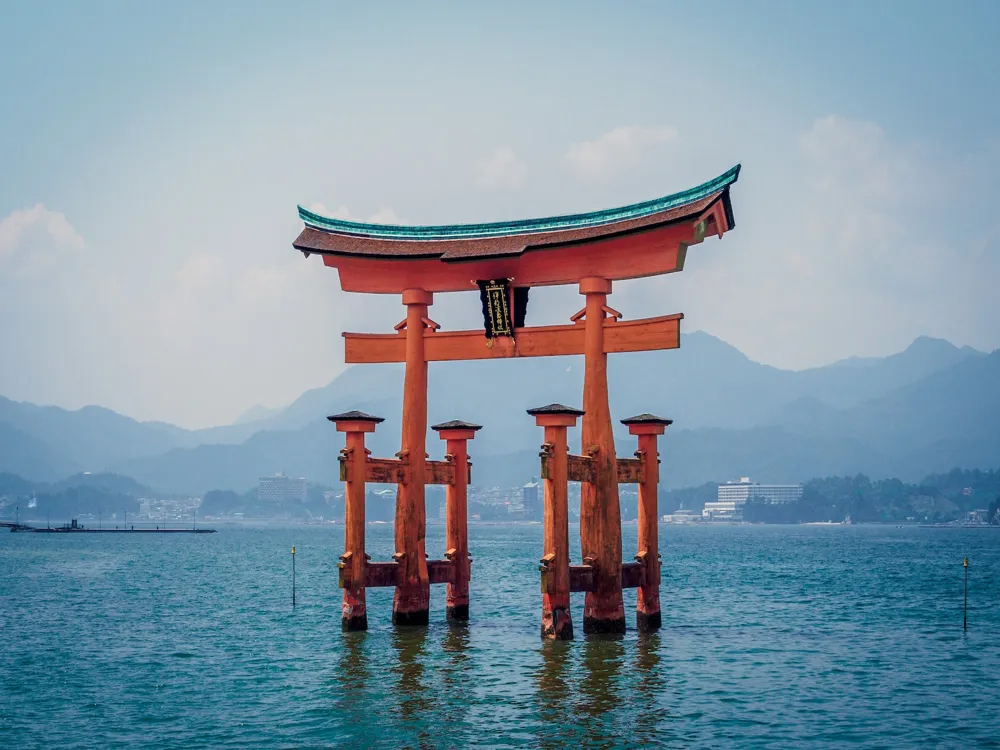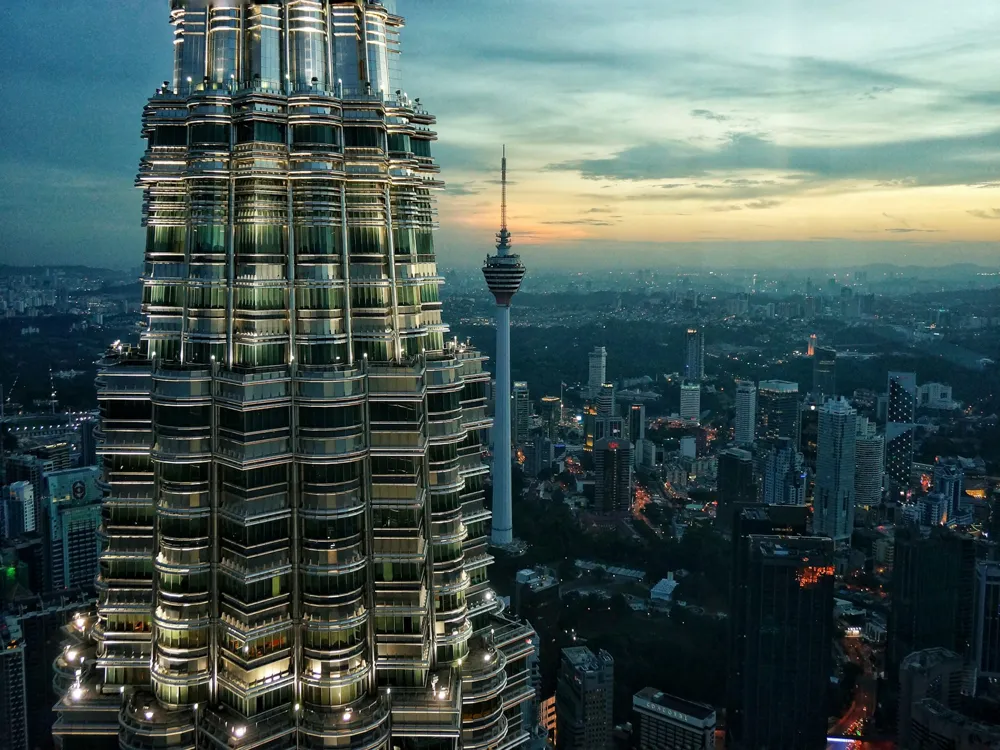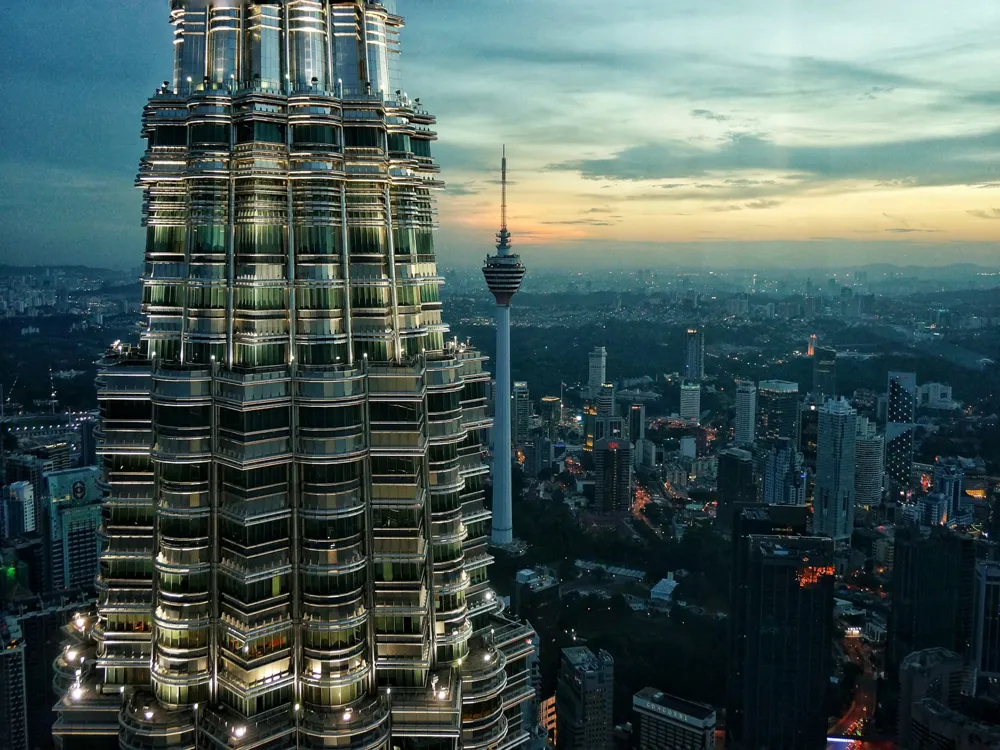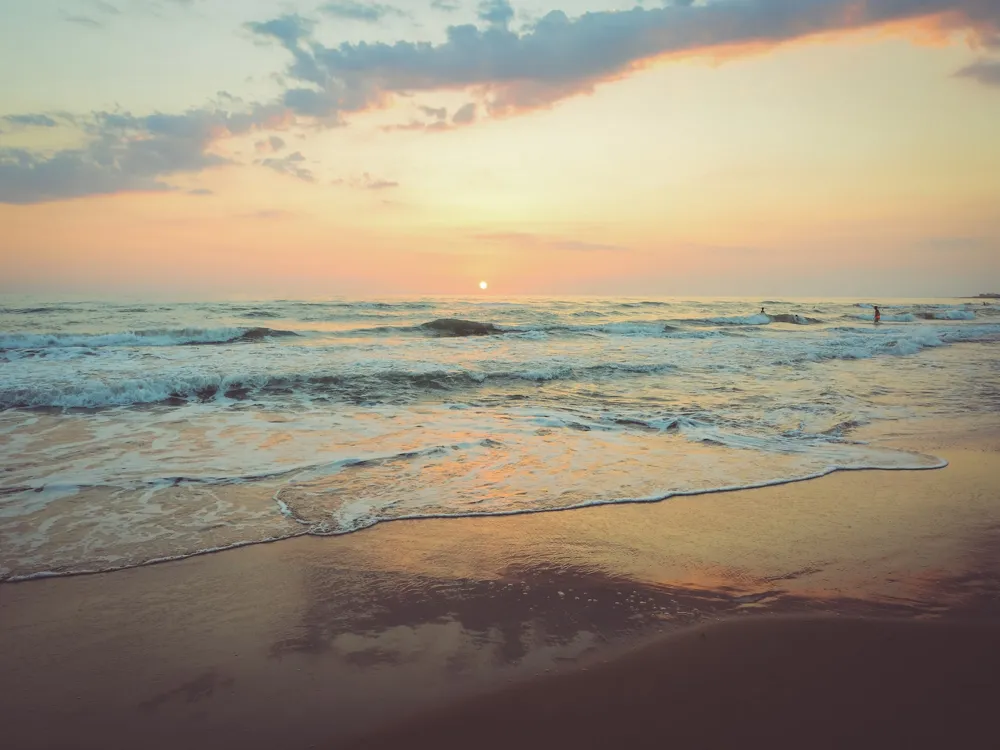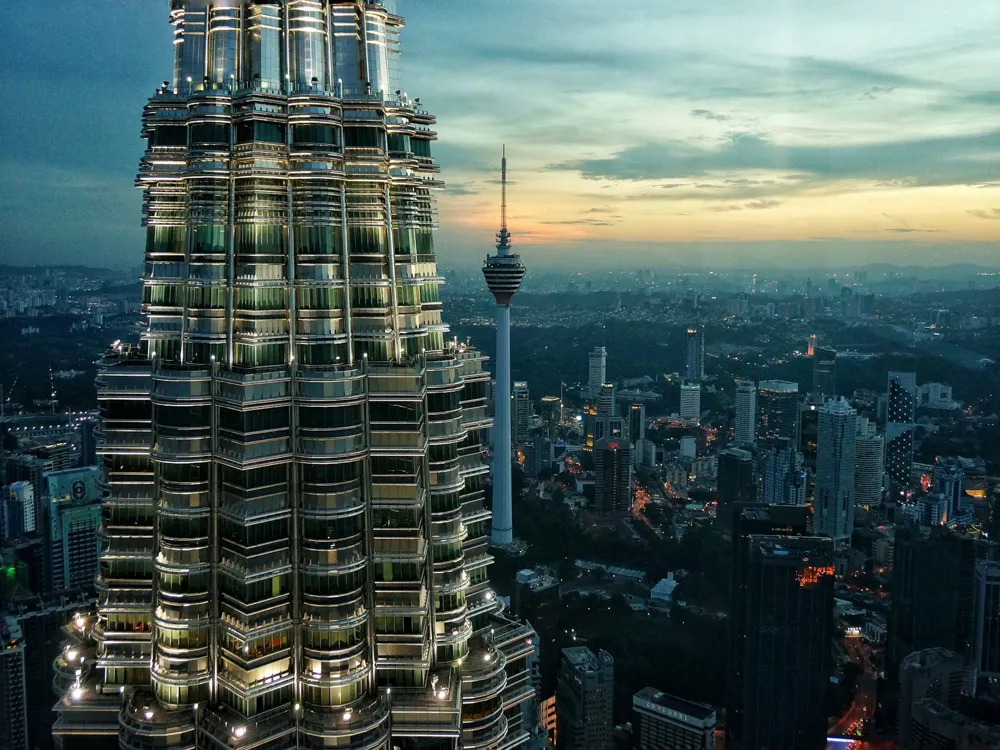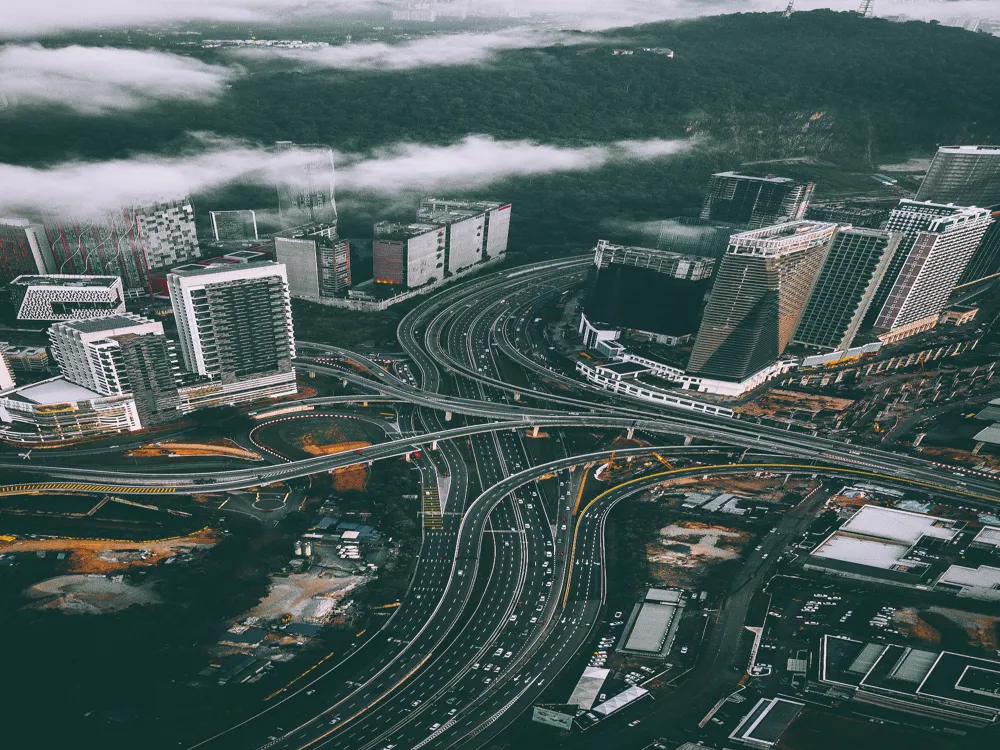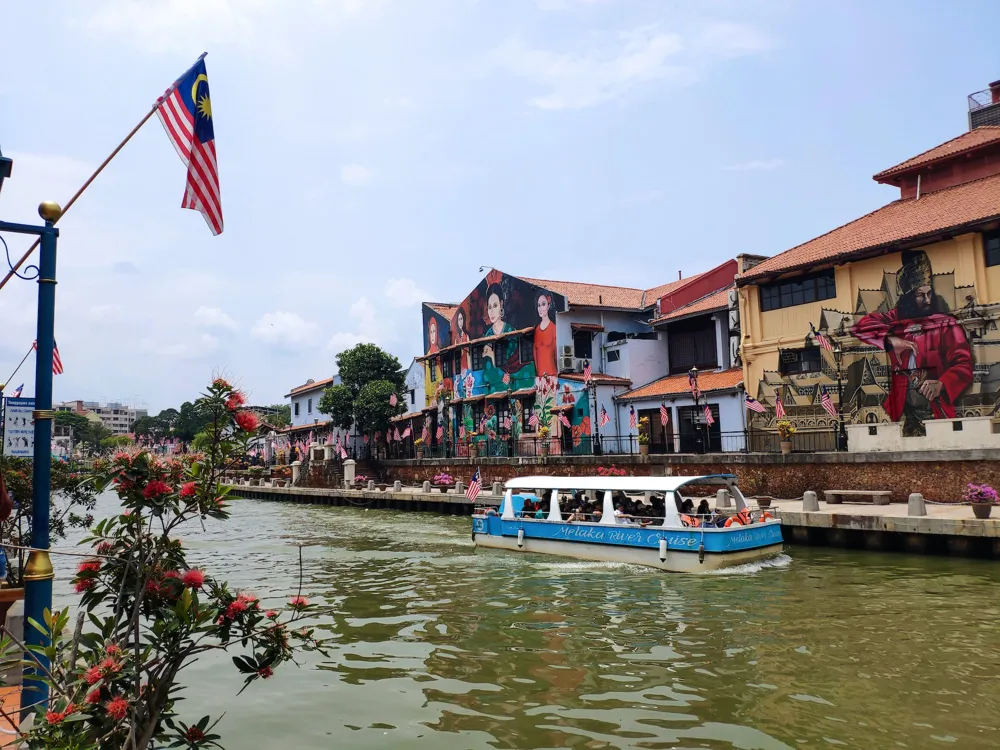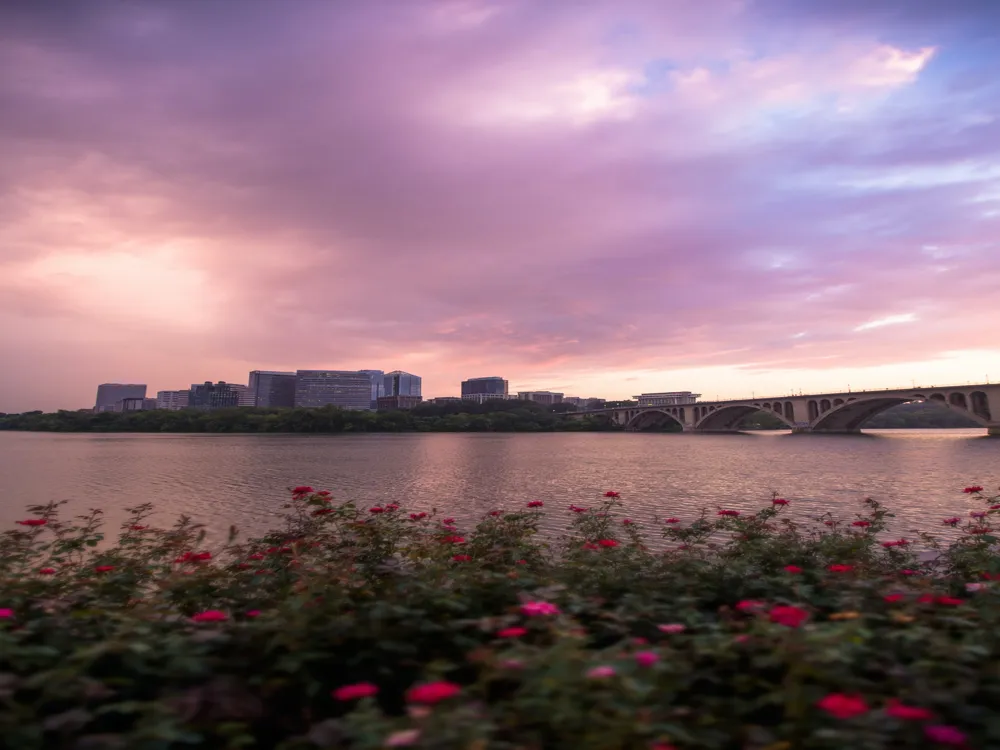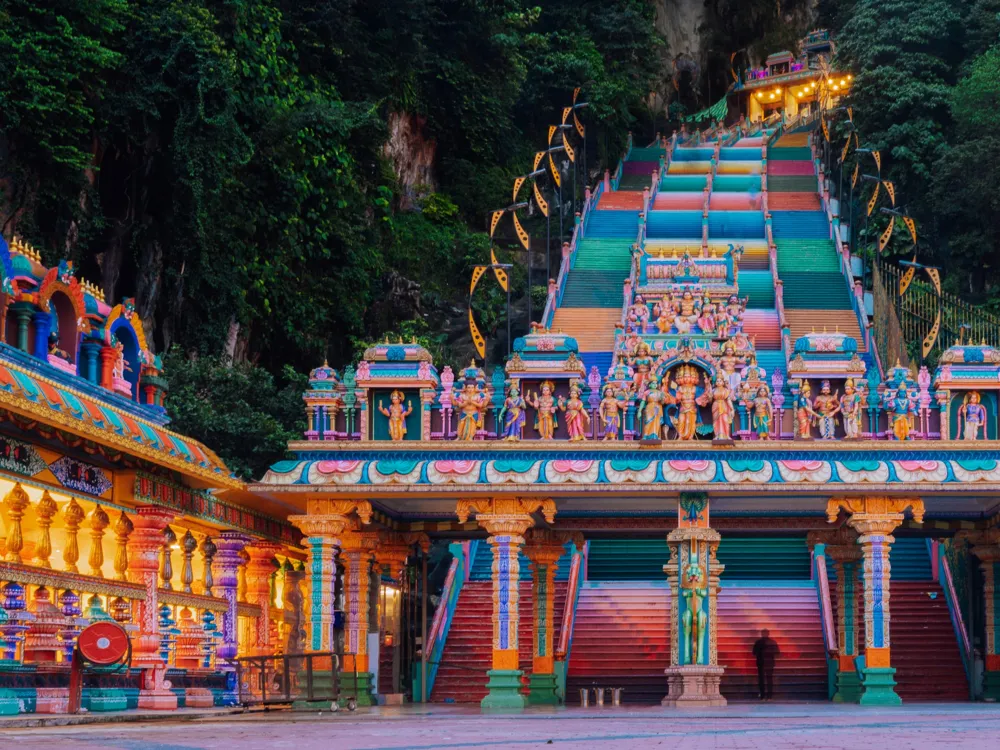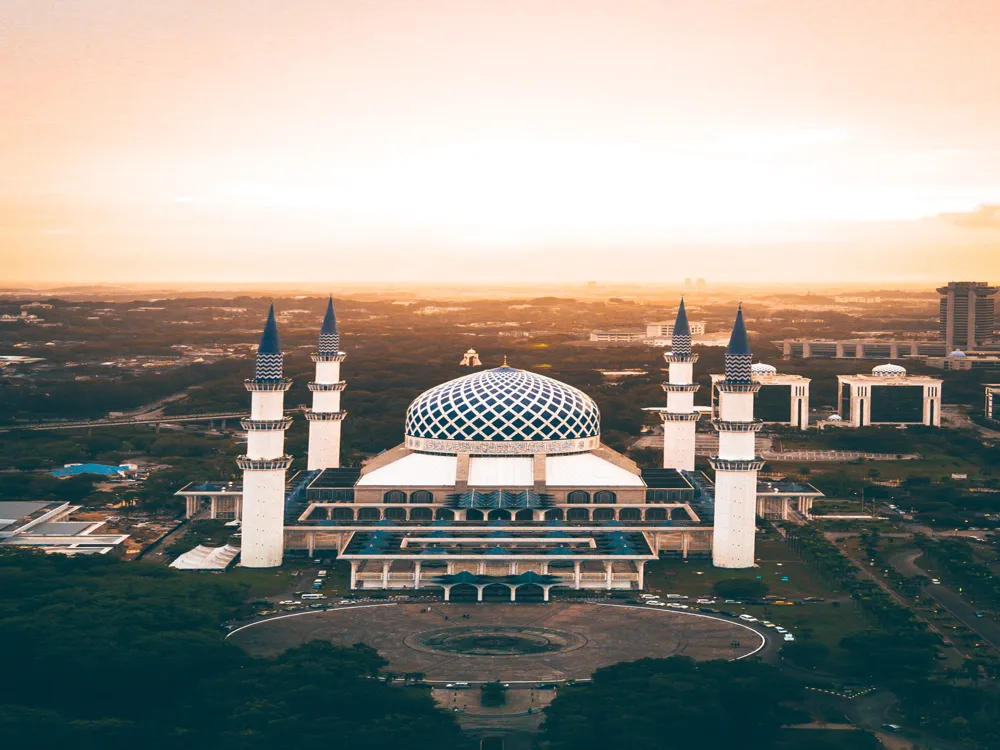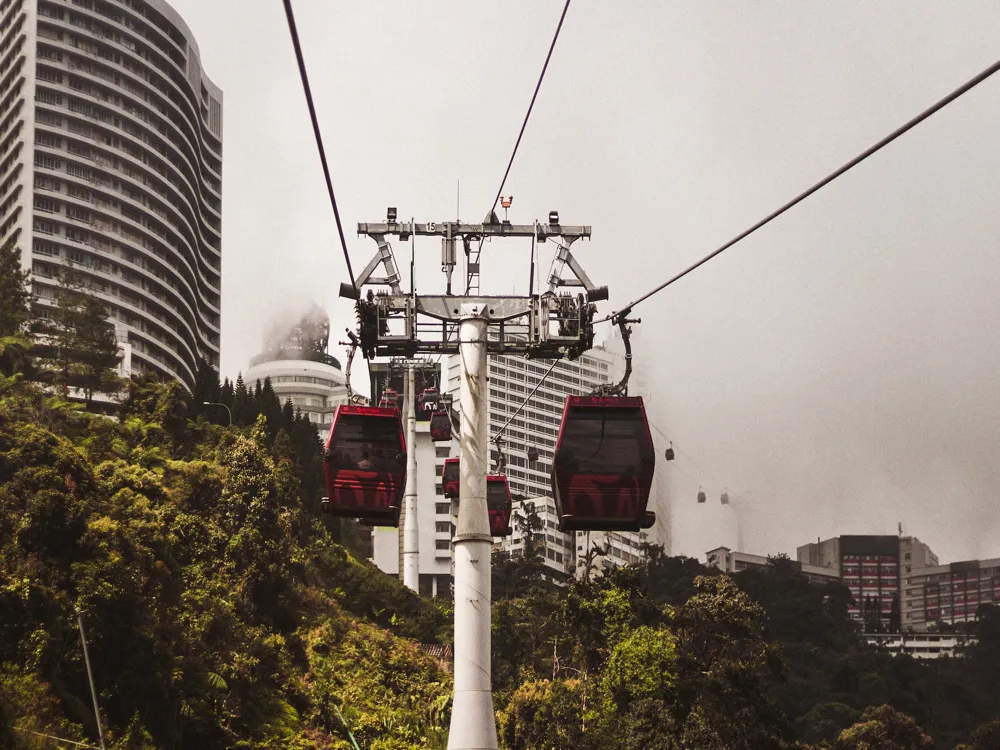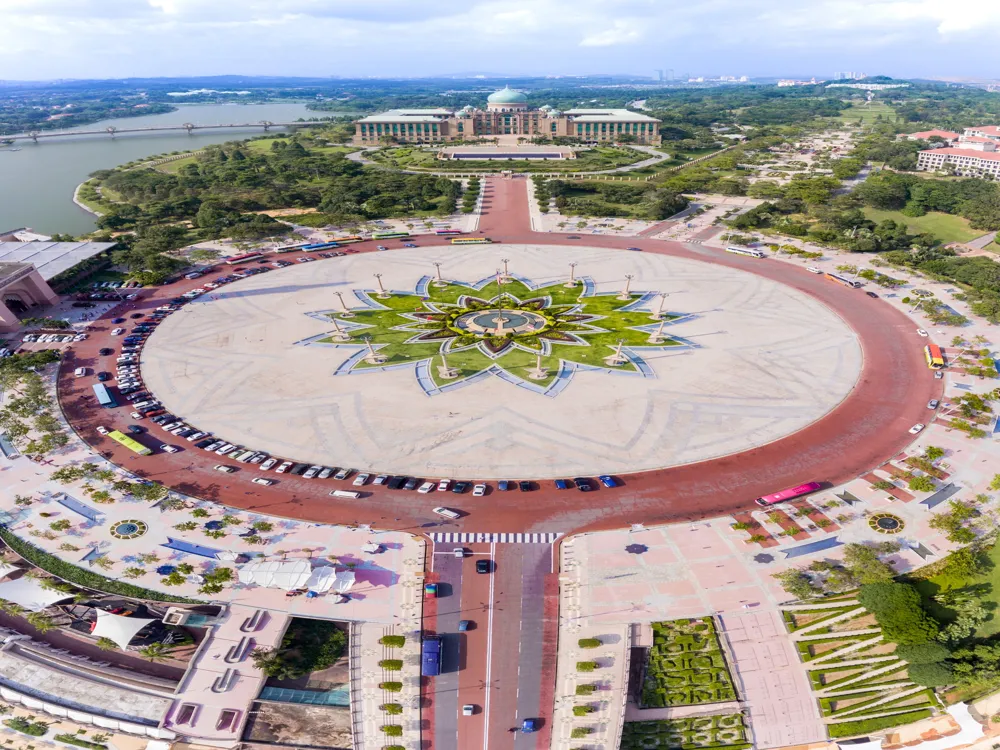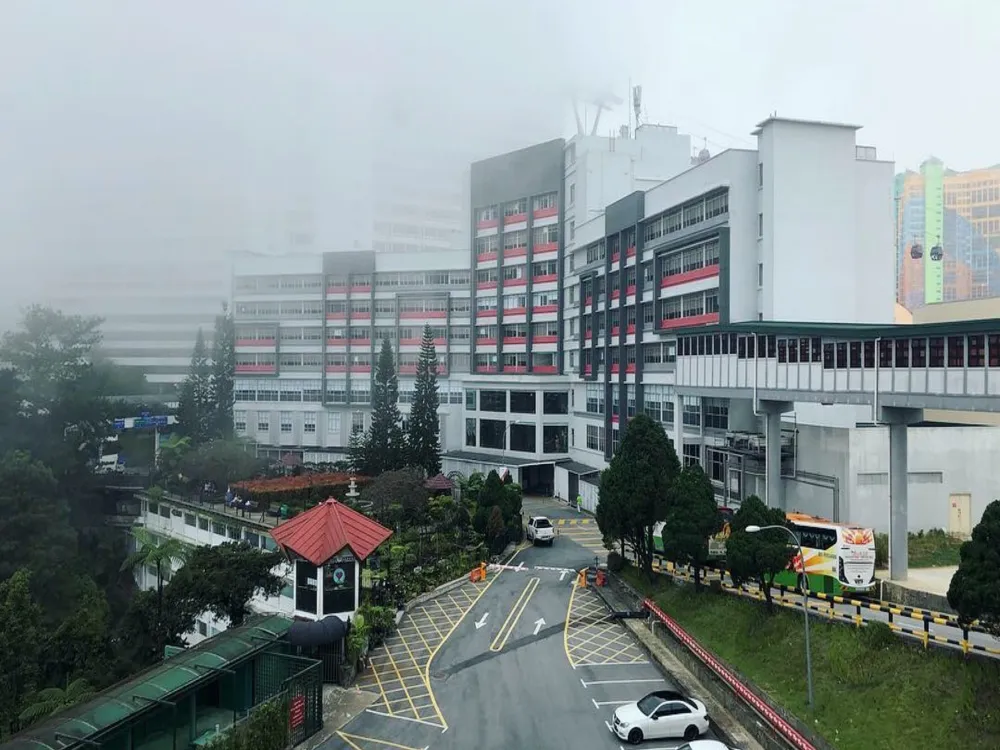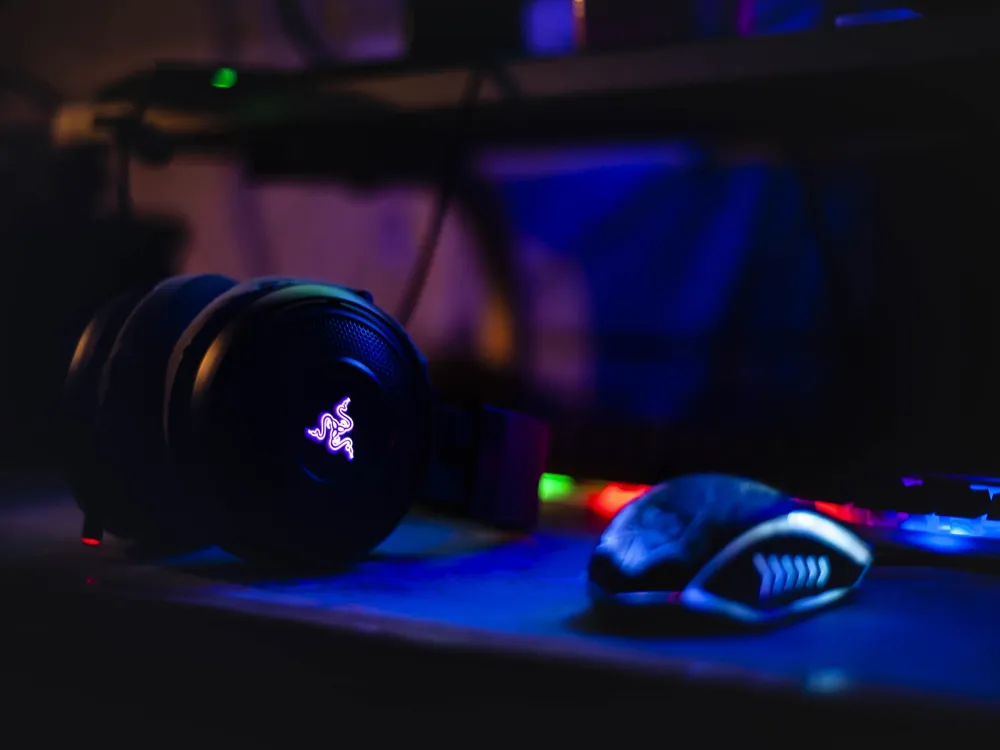Nestled off the west coast of Peninsular Malaysia in the state of Perak, Pangkor Island is a charming blend of idyllic beaches, intriguing historical sites, and vibrant local culture, making it a must-visit destination near Kuala Lumpur. With its crystal-clear waters and lush tropical forests, the island promises a serene escape from the hustle and bustle of city life. Known for its friendly locals, delicious seafood, and picturesque landscapes, Pangkor Island offers a unique experience that combines natural beauty with cultural richness. The name 'Pangkor' is derived from the Thai 'Pang Ko', which means 'Beautiful Island', and indeed, this island lives up to its name. Covering an area of just 8 square kilometers, it is home to a diverse range of attractions. From the famous historical site of Dutch Fort to the sacred Lin Je Kong Temple and the enchanting Coral Bay, Pangkor Island has something for everyone. Its beaches, like Nipah Bay and Teluk Belanga, are renowned for their tranquility and scenic beauty, perfect for relaxation and water activities. Besides its natural allure, the island's history is equally fascinating. Once a refuge for fishermen, sailors, and pirates, it was an important site during the colonial era, evident in its historical landmarks. The remnants of the Dutch Fort and the sacred Tiger Rock, with its ancient inscriptions, offer a glimpse into the island's rich past. Today, Pangkor Island is a harmonious blend of the traditional and the modern, where one can witness the time-honored craft of boat building alongside contemporary resorts and amenities. The island's economy primarily revolves around tourism and fishing. The vibrant local markets and the traditional industries, including dried seafood production, are a testament to the island's enduring cultural heritage. With its array of activities ranging from jungle trekking and bird watching to snorkeling and island hopping, Pangkor Island is not just a tourist destination but a gateway to an authentic Malaysian experience. For those seeking an immersive cultural experience, the island's festivals, such as the Pangkor International Festival, showcase local arts, crafts, and performances. The warm hospitality of the island's inhabitants, along with their rich customs and traditions, makes a visit to Pangkor Island a truly unforgettable journey. The architecture of Pangkor Island is a captivating tapestry of historical influences and local traditions, reflecting the island's colorful past and vibrant present. From the rustic kampung houses to the remnants of colonial structures, the architecture here tells the story of a community shaped by its environment and history. One of the most iconic architectural landmarks on the island is the Dutch Fort, also known as Kota Belanda. Built in the 17th century by the Dutch East India Company, this historic fort represents the colonial era's influence on the island. Although what stands today is a reconstructed version of the original fort, it still retains its old-world charm and significance, offering a glimpse into the island's colonial past. Traditional Malay architecture is also prominent on Pangkor Island, with many houses built in the classic 'kampung' style. These houses are characterized by their high-pitched roofs, raised platforms, and extensive use of natural materials like wood and bamboo. The design not only reflects the aesthetic preferences of the local community but also their adaptation to the tropical climate and environment. The open spaces, large windows, and elevated structures are practical solutions to the heat, humidity, and occasional flooding. Another architectural highlight is the Fu Lin Kong Temple, a Chinese Taoist temple known for its intricate designs and vibrant colors. The temple is a testament to the island's Chinese community and their cultural influence. Its ornate decorations, dragon motifs, and the miniature Great Wall of China around the temple complex offer a stark contrast to the island's predominantly Malay architecture, showcasing the multicultural tapestry of Pangkor Island. The contemporary architecture of Pangkor Island is a blend of modern amenities and traditional designs. Many of the island's resorts and hotels have incorporated traditional elements into their designs, offering a modern yet culturally rich experience. This fusion of the old and the new is a hallmark of Pangkor Island's architectural landscape, making it not just a place of historical interest but also a living showcase of Malaysian architectural evolution. The ideal time to visit Pangkor Island is between November and March when the weather is dry and pleasant, perfect for outdoor activities and beach excursions. Avoid the monsoon season from April to October, as heavy rains can disrupt travel plans. Pangkor Island is accessible by ferry from the mainland. The ride takes about 30-45 minutes. Once on the island, renting a motorcycle or bicycle is a convenient way to explore, or you can opt for the local pink taxis for longer distances. From luxury resorts to budget homestays, Pangkor Island caters to all preferences. Book in advance during peak season and consider staying in traditional kampung houses for an authentic experience. Don't miss out on the local seafood, particularly the grilled fish and squid. Explore the night markets for a variety of local dishes and delicacies, a true delight for food lovers. Respect the local customs and traditions. Dress modestly, especially when visiting temples or rural areas. Engaging with locals respectfully can enrich your travel experience. How To Reach Pangkor Island Reaching Pangkor Island is a straightforward affair. The nearest mainland point is Lumut, a small coastal town about 3-4 hours drive from Kuala Lumpur. From Lumut, visitors can take a short ferry ride to Pangkor Island. The ferry service operates frequently throughout the day, providing easy access to the island. For those preferring a more scenic route, a drive along the west coast offers breathtaking views and the opportunity to explore other coastal towns and attractions along the way. Alternatively, visitors can fly to the nearby Sultan Azlan Shah Airport in Ipoh and then make their way to Lumut by bus or taxi. This route is especially convenient for international travelers or those coming from other parts of Malaysia. Once at Lumut, the ferry journey to Pangkor Island is a delightful experience, offering panoramic views of the ocean and surrounding landscapes. Read More:Overview of Pangkor Island
Architecture of Pangkor Island
Tips When Visiting Pangkor Island
Best Time to Visit
Transportation Tips
Accommodation Choices
Local Cuisine
Cultural Etiquette
Pangkor Island
Kuala Lumpur
₹ 18,000 onwards
View kuala-lumpur Packages
Kuala-lumpur Travel Packages
View All Packages For Kuala-lumpur
Top Hotel Collections for Kuala-lumpur

Private Pool

Luxury Hotels

5-Star Hotels

Pet Friendly
Top Hotels Near Kuala-lumpur
Other Top Ranking Places In Kuala-lumpur
View All Places To Visit In kuala-lumpur
View kuala-lumpur Packages
Kuala-lumpur Travel Packages
View All Packages For Kuala-lumpur
Top Hotel Collections for Kuala-lumpur

Private Pool

Luxury Hotels

5-Star Hotels

Pet Friendly







